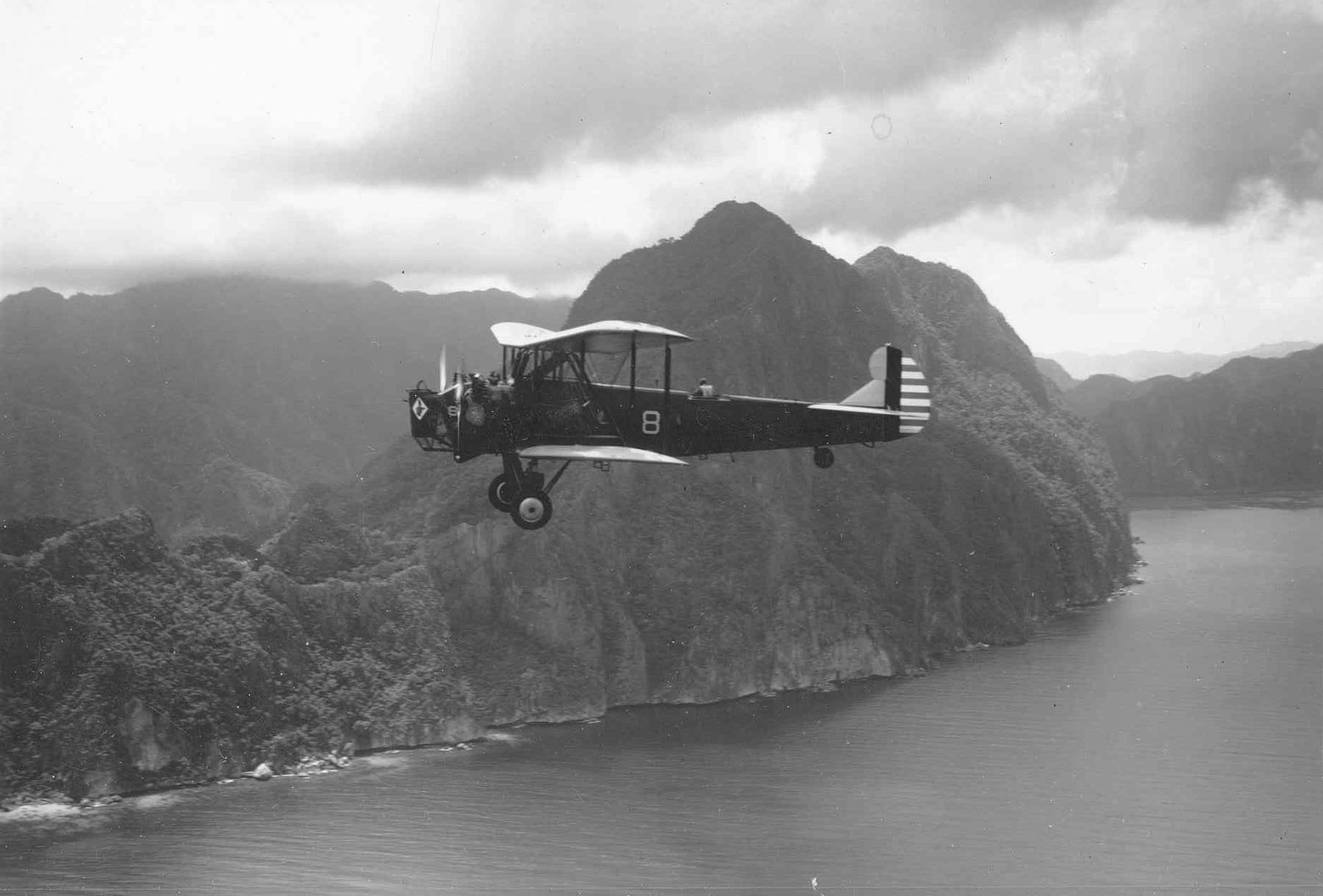Keystone B-4 on:
[Wikipedia]
[Google]
[Amazon]
The Keystone B-4 was a

Encyclopedia of American AircraftPhotograph
{{USAF bomber aircraft B-4 Light bombers Keystone B-04 Biplanes Twin piston-engined tractor aircraft
biplane
A biplane is a fixed-wing aircraft with two main wings stacked one above the other. The first powered, controlled aeroplane to fly, the Wright Flyer, used a biplane wing arrangement, as did many aircraft in the early years of aviation. While ...
bomber
A bomber is a military combat aircraft designed to attack ground and naval targets by dropping air-to-ground weaponry (such as bombs), launching aerial torpedo, torpedoes, or deploying air-launched cruise missiles. The first use of bombs dropped ...
, built by the Keystone Aircraft
Keystone Aircraft Corporation was an early American airplane manufacturer.
History
Headquartered in Bristol, Pennsylvania, the company was formed as "Ogdensburg Aeroway Corp" in 1920 by Thomas Huff and Elliot Daland, but its name was quickly ...
company for the United States Army Air Corps
The United States Army Air Corps (USAAC) was the aerial warfare service component of the United States Army between 1926 and 1941. After World War I, as early aviation became an increasingly important part of modern warfare, a philosophical r ...
.
Design and development
Originally ordered by theUnited States Army Air Corps
The United States Army Air Corps (USAAC) was the aerial warfare service component of the United States Army between 1926 and 1941. After World War I, as early aviation became an increasingly important part of modern warfare, a philosophical r ...
as the LB-13 light bomber. When the ''LB-'' designation was dropped in 1930, the first five planes were redesignated Y1B-4. (The ''Y1B-'' designation indicates that funds for the design did not come from the normal annual funds.)
The first B-3A (S/N 30-281) was converted to Y1B-4 configuration with the addition of R-1860-7 radial engines and low pressure tires. Because of more powerful engines, the performance of the Y1B-4 was a slight improvement on the B-3, but the only difference between the two planes was their engines. On April 28, 1931, the army ordered 25 improved Y1B-4s as the Keystone B-4A. This production version was part of the last biplane bomber order made by the Army Air Corps (along with 39 B-6As, identical in all respects except their make of engine), and the B-4As, delivered between January and April 1932, were the last biplane bombers delivered to the Air Corps.
Operational history
B-4 was the last of the Keystone biplane bombers ordered by the U.S. Army in late 1931. These aircraft were used primarily as observation and reconnaissance aircraft as early as 1934 when the Martin B-10B went into operational service. Some remained in service into the early 1940s.Variants
;LB-13 :Seven aircraft ordered but delivered as the Y1B-4 and Y1B-6 with different engine installations. ;Y1B-4 :Five pre-production aircraft, as the LB-10 but with two 575 hp (429 kW) Pratt & Whitney R-1860-7 engines. ;B-4A :Production version of the Y1B-4, 25 built.Operators
; *United States Army Air Corps
The United States Army Air Corps (USAAC) was the aerial warfare service component of the United States Army between 1926 and 1941. After World War I, as early aviation became an increasingly important part of modern warfare, a philosophical r ...
Specifications (B-4A)

See also
External links
Encyclopedia of American Aircraft
{{USAF bomber aircraft B-4 Light bombers Keystone B-04 Biplanes Twin piston-engined tractor aircraft